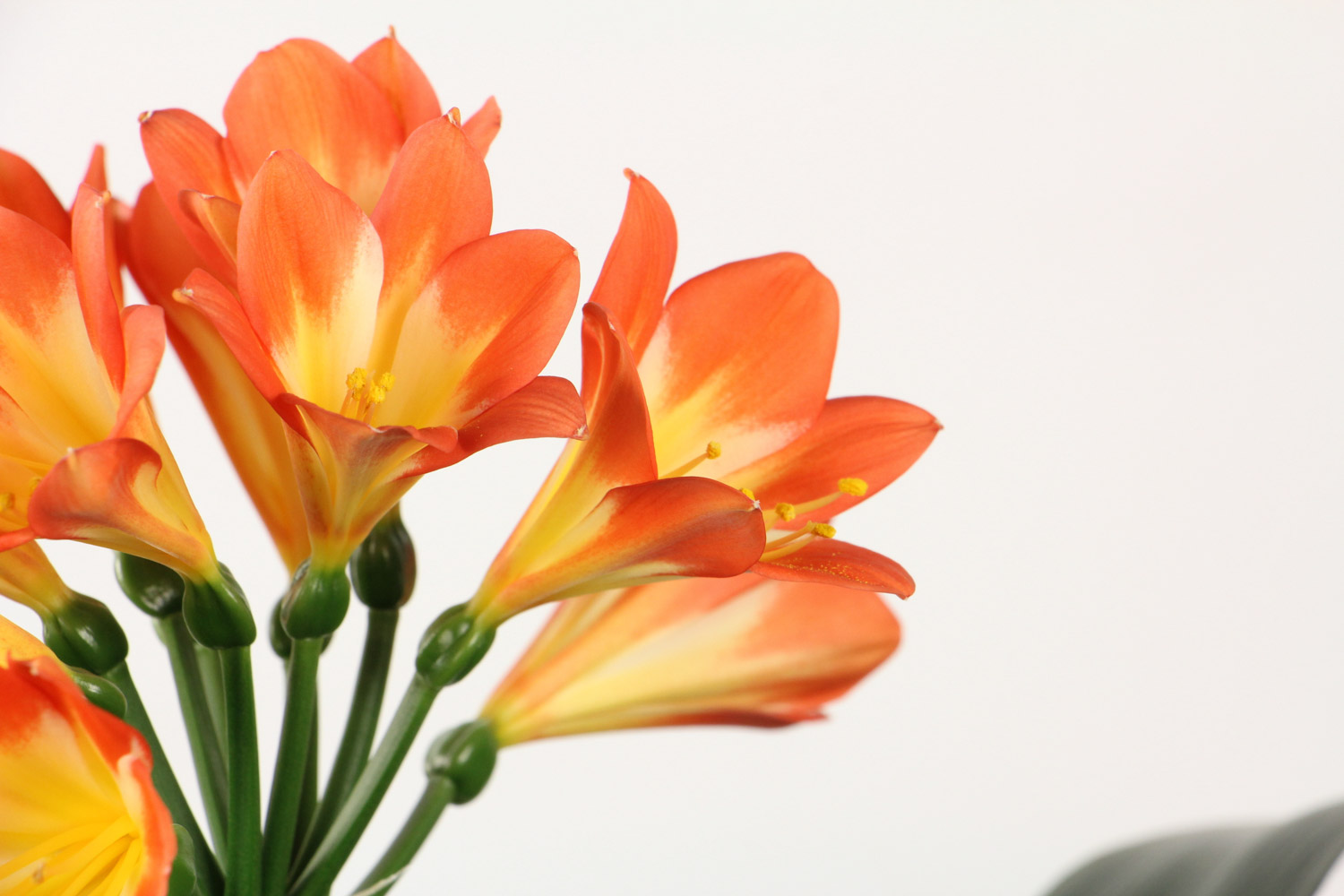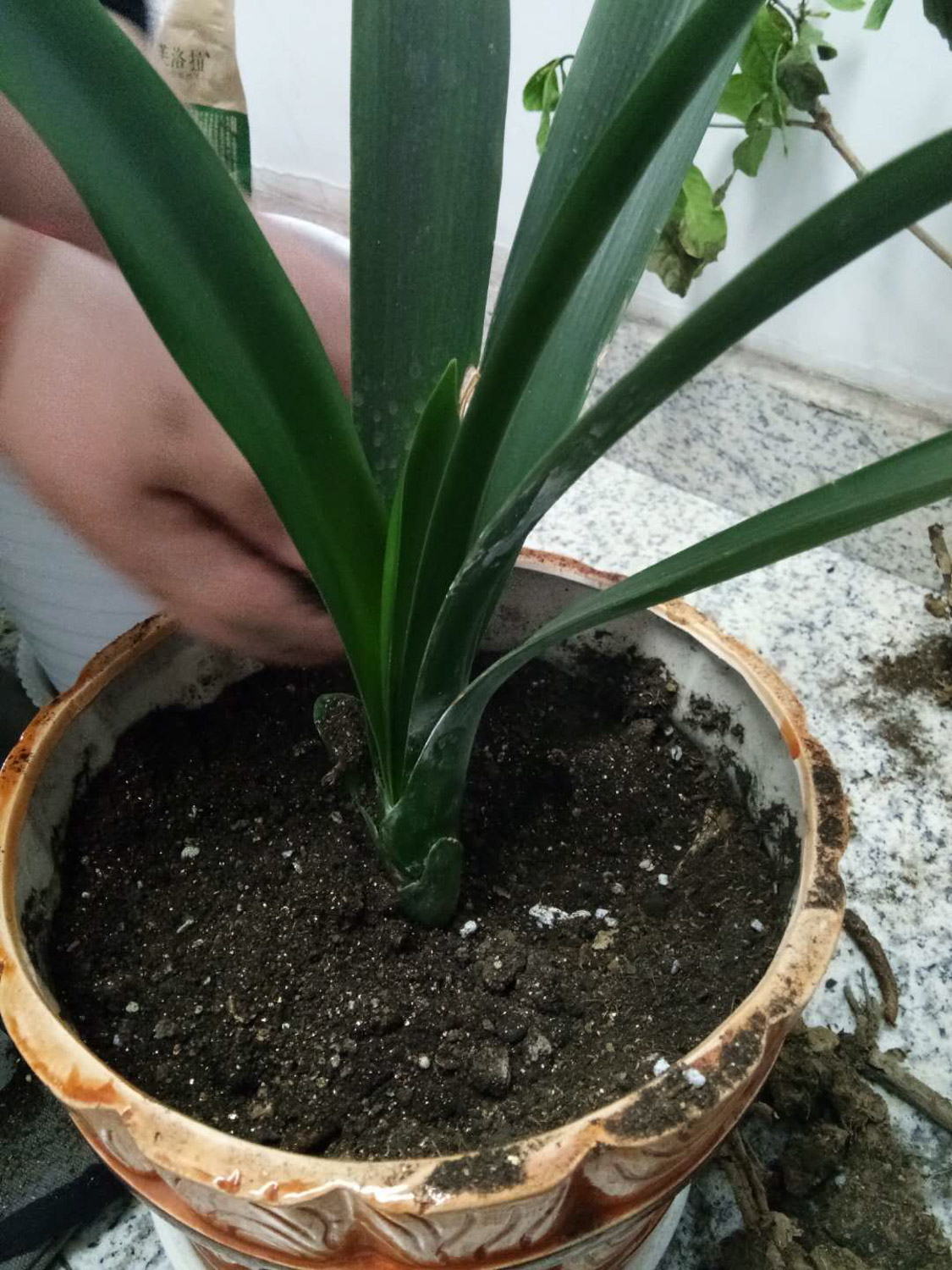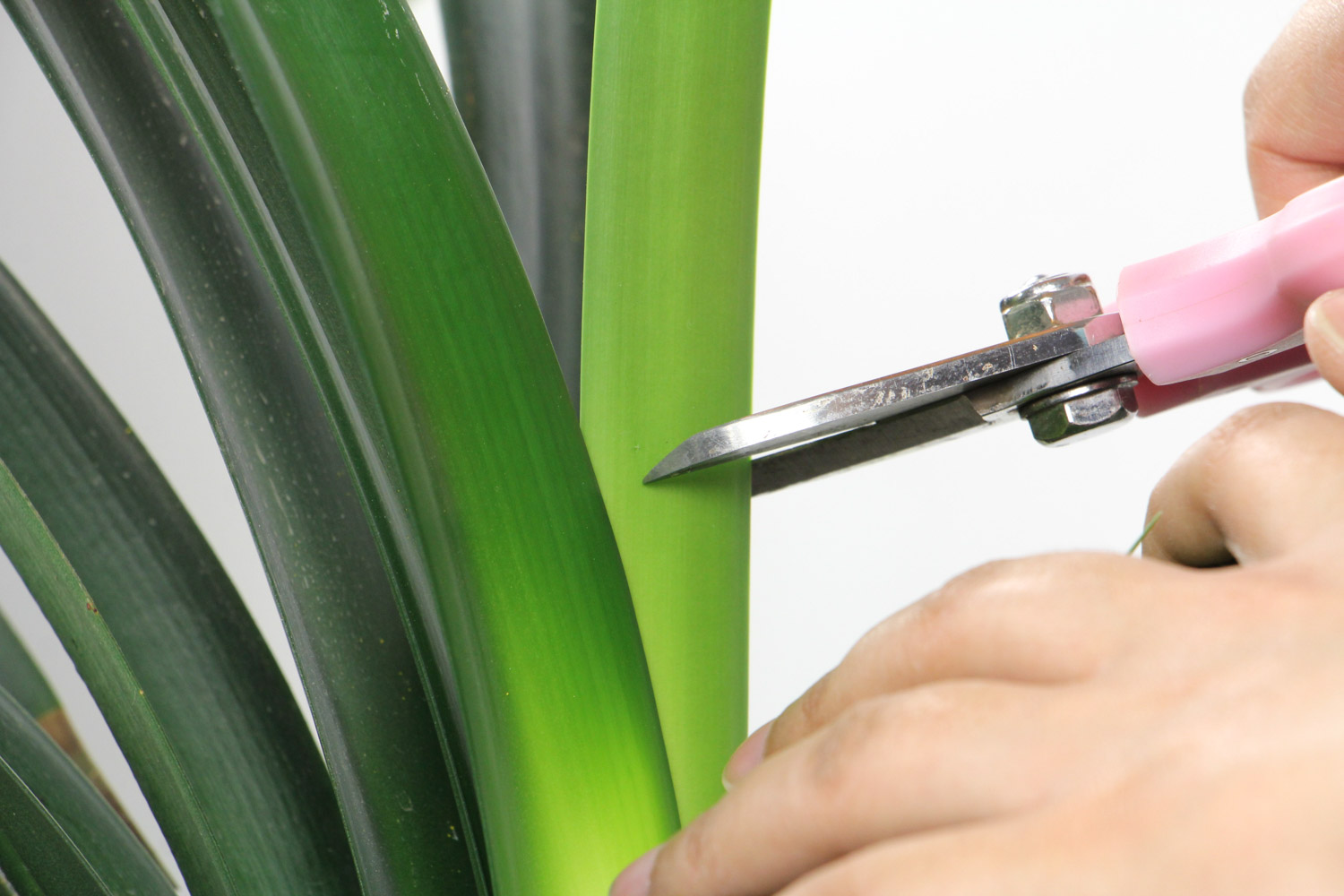1、 Prune dead leaves
When the leaves of Clivia turn yellow, don't rush to trim them. It's best to break them off from the root after the leaves turn yellow completely. In the face of the old leaves in its growth period, you can't take off the old leaves that haven't completely withered. You should wait for its leaves to age naturally and then take them off. Do not trim only the withered parts, and keep the parts of withered leaves that are not withered

2、 Trim root
Generally speaking, there is no need to trim the roots of Clivia without flowering, because the roots need to absorb nutrients, which is not conducive to flowering. However, the roots of older plants need to be trimmed, because the roots are not in direct proportion to the planting pot. Too many roots will affect the absorption of nutrients and is not conducive to its growth. After cutting the root with scissors, use cigarette butts to dry the cut place, so as to prevent bacteria from infecting the root, and then implant it into the soil and water it to ensure normal nutrition supply

3、 Pruning dead flowers
Pruning the fallen flowers of Clivia generally adopts direct cutting to remove the stem part of the flower, and then apply erythromycin ointment evenly at the cutting mouth, which can reduce the infection of the wound. If you want to keep the seeds and continue to reproduce, you don't have to trim the fallen flowers to achieve the purpose of retaining the seeds


 how many times do yo...
how many times do yo... how many planted tre...
how many planted tre... how many pine trees ...
how many pine trees ... how many pecan trees...
how many pecan trees... how many plants comp...
how many plants comp... how many plants can ...
how many plants can ... how many plants and ...
how many plants and ... how many pepper plan...
how many pepper plan...





























